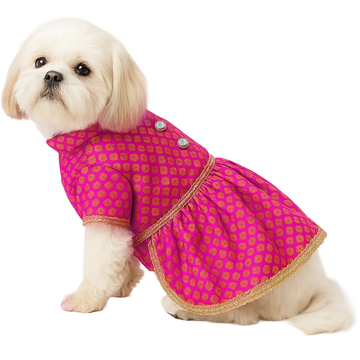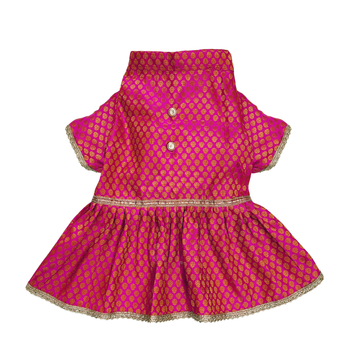German Shepherd

German Shepherd
| Breed Highlight: |
|
The distinctive musculature of this breed is one of its most recognisable characteristics. The thick, double-coated, medium-length fur is often a mix of shades of brown ranging from light to dark. |
| Weight: |
|
Male: 29-40kg Female: 22-31kg |
| Height: |
|
Male: 60-65 cm Female: 55-60 cm |
| Life Expectancy: |
|
7-10 years on average |
| Litter Size: |
|
Average 8 |
| Breed Appearance: |
|
They have a square head, a long nose, and upright, pointed ears. They have long, bushy tails and slightly slanted backs and rear legs. German and American German Shepherds are the two primary subtypes. |
| History: |
|
The breed was developed by Max von Stephanitz using various traditional German herding dogs from 1899. It was originally bred to herd sheep as a herding dog. Since then, it has been utilised in numerous other fields, including warfare, search-and-rescue operations, and handicap aid. |
| Originally: |
|
For hundreds of years, the ancestors of German shepherd dogs served people as both servants and friends. The modern German shepherd dogs were initially introduced in Germany in 1899 and were bred from older shepherd and farm dogs. |
| Currently Used As: |
|
One of the most widely used breeds in a wide variety of scent-work roles. These include search and rescue, cadaver searching, narcotics detection, explosives detection, accelerant detection, and mine detection dog, among others. |
| Training: |
|
Due to their size, German shepherds need to be socialised quickly with other dogs. Positive, reward-based training works best. |
| Health & Care: |
|
German shepherd dogs are generally a healthy breed, although this breed has been known to get bloat, which can be fatal. As they age, it's also advised to get their elbows and hips examined. |
| Living Condition: |
|
The German Shepherd is happiest living indoors with the family, but with access to a large, fenced yard, where they can burn off some of their natural energy. |
| Exercise: |
|
This breed requires a lot of frequent exercise due to its high level of energy. A regular stroll is not enough for your German shepherd; they probably require more exercise than you realise. A German shepherd might make a wonderful running partner if you're a jogger. To avoid anger, boredom, and built-up energy, your dog needs to move, play, and explore. |
| Grooming: |
|
To offset their comparatively high shedding rate, which may be reduced by normal maintenance, their coats should be combed every couple of days. Fortunately, the coat of a German shepherd is extremely resistant to dirt and debris, so you won't need to bathe your dog more frequently. In actuality, overly frequent bathing will remove the oils that maintain its coat's health. To ensure your dog can move around easily, keep their nails clipped. Brushing your dog's teeth twice a week can also help it maintain good dental health. Keep strong chew toys on hand for these dogs since they enjoy chewing and have strong jaws. |
| Pros: |
|
German shepherds have a familiar and striking appearance. They are highly trainable, exemplary at guarding and protecting, and excellent with children. They are known to be a very affectionate breed and are highly adaptable to all types of weather. They are universally considered one of the most intelligent breeds and are excellent swimmers. |
| Cons: |
|
The breed is predisposed to some significant health issues. They are notorious shedders and can be overprotective. They need above-average amounts of exercise and are relatively expensive dogs to own/maintain. The breed requires a lot of space and does not like to be left alone. They require diligent socialization or may become aggressive. |












